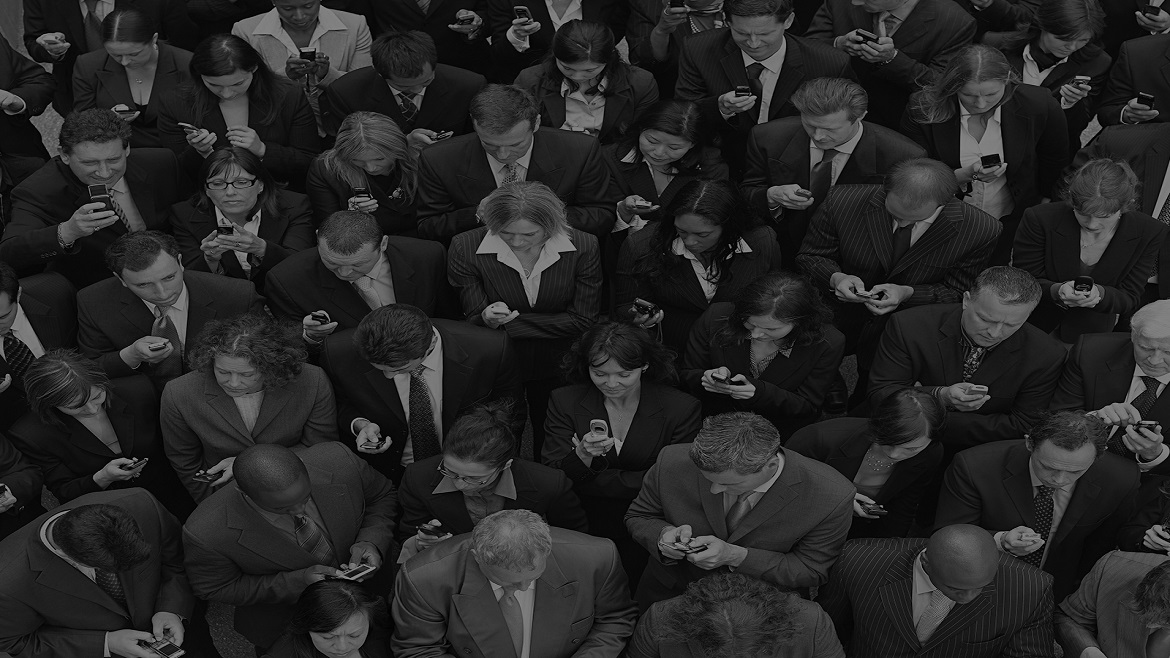Are you seeing changes in how people enjoy films, music, games and other media?
Anthony Rose, Zeebox: There are two parts to this question. The first is content discovery, or how you’ll know what you want to watch. The biggest change in that respect is the changing role of the ‘tastemaker’; while the tastemaker used to be the broadcaster, other channels such as friends, social networks, popular culture or advertising are increasingly influencing what content we consume. The second shift in content consumption is how you enjoy it: where you’re consuming it, what you’re doing while you’re consuming it, etc. Increasingly content producers are making their audience part of the show, turning viewing into an interactive experience.
How are content producers adapting their revenue model (advertising, subscription, pay per transaction, sponsorship)?
Nobody used to know the names of companies that created shows such as FremantleMedia or Endemol. But they now have the opportunity to directly engage with audiences through second screen, which essentially is the use of an additional device or screen (for example, a smartphone) when watching TV. So the content producer has a direct relationship with the audience, while the broadcaster becomes the distributor, like an ISP. There is also a big business opportunity for subscription models, which give consumers convenience, access and a marginal cost of zero to consume a new piece of content.
How will producers persuade consumers to pay for content?
I think consumers are used to paying for content when it’s well-targeted and packaged up, and particularly when it’s on a TV or tablet rather than on a PC. They’re less willing however to go through a paywall on a website just to buy a single movie. This is why the kind of content consumers like will increasingly be mediated by the content distributor. Google Play, for example, combines music, books, movies etc. into one entertainment hub which integrates the consumer’s preferences. This creates new advertising opportunities, in that online advertising now allows content producers to target small market segments with extreme accuracy, while TV advertising is more untargeted but will sell on reach.
Who will control the relationship with consumers: content creators or digital distributors?
It will depend on who can best adapt to consumers’ existing and future needs. An existing need is to consume content, a future one is to participate in it and help shape it. At Zeebox for example, we’ve created a second screen app which makes TV an immersive experience by allowing consumers to both discover and participate in TV programmes. It used to be that tech teams would come up with creative ideas, but consumers are increasingly the ones shaping content and making it a socially connected experience.
How are different regions adapting to these content trends?
There is a significant difference between broadcasters in Europe and North America. European broadcasters have traditionally feared the rise of on-demand content such as TV viewing and seen it as a threat. North American broadcasters, in contrast, embrace this new type of content and allow it to re-define the advertising space. Part of that difference owes to the fact that there is a much stronger image attached to broadcasters in Europe, such as the BBC or RTL, than in North America where consumers watch TV via a cable provider.
There is a fine balance to find between embracing new content platforms too fast, which might kill your current income stream, and waiting too long, which might leave you behind.
This interview is part of a series managed by the Economist Intelligence Unit for HSBC Commercial Banking. Visit HSBC Global Connections for more insight on international business.




